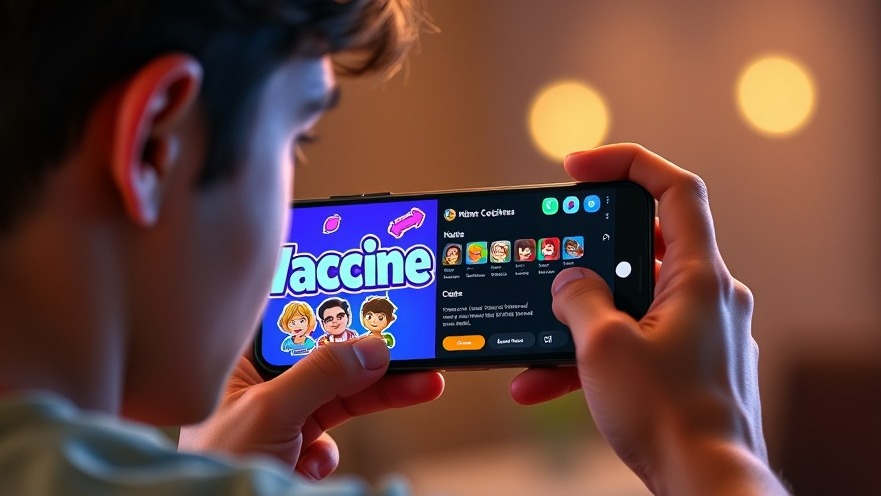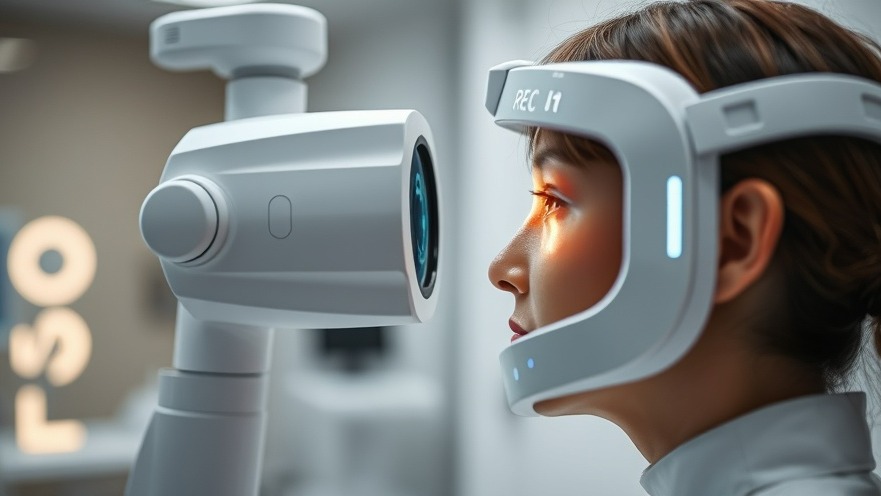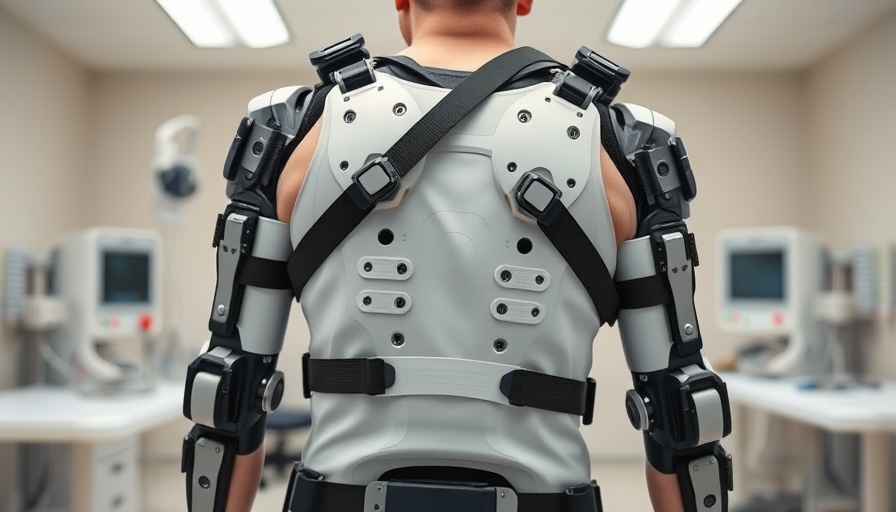
Can a Game Transform Vaccine Conversations?
In an age where misinformation spreads like wildfire, particularly regarding vaccines, a novel approach has surfaced. A new game aimed at combating vaccine misinformation has emerged as a potential beacon of hope. This initiative does not seek just to educate; rather, it aims to engage players in meaningful, contextual ways, thereby influencing opinions and beliefs about vaccination.
Understanding the Power of Gaming in Education
Games have always been a mechanism for not only entertainment but also education. Historically, they've been utilized to impart knowledge through fun, interactive experiences. This new game builds on that foundation by creating scenarios that reflect common misconceptions regarding vaccines. Players are prompted to solve challenges that center around real-world dilemmas, all while being furnished with accurate information to build their understanding.
Why Misinformation Persists: The Social and Psychological Factors
Vaccine misinformation is deep-rooted in various social and psychological elements. Trust plays a critical role; when individuals lack trust in medical establishments, misconceptions can flourish. By using interactive technology such as the newly developed game, the initiative aims to build a bridge of trust, enhancing communication in a non-confrontational manner. Engaging games that encourage players to reflect on their beliefs can pave the way for constructive conversations.
Incorporating Technology into Patient Discussions
As concierge health practitioners, understanding and addressing misinformation is essential to providing optimal care. By incorporating technological tools like this game into your discussions with patients, practitioners can facilitate a more open dialogue about vaccines. This might not only help dispel doubts but also promote a more informed healthcare decision-making process.
Potential Outcomes: Changing Minds Through Play
The interactive nature of gaming presents an engaging platform to communicate complex information simply. As users navigate through the game's scenarios, they may encounter perspectives different from their own. This exposure can lead to valuable reflections and enhanced understanding. Ultimately, the goal is to cultivate understanding and trust, thus correcting the narrative surrounding vaccines.
Partnering for a Healthier Future
This gaming initiative represents an excellent opportunity for concierge health practitioners to partner with technology developers in combating misinformation. By actively participating in these conversations, providers can further educate themselves while promoting resources that challenge misconceptions. The future of vaccine discussions may well depend on such innovative strategies.
Conclusion: An Invitation to Engage with New Tools
As these game development initiatives continue to shape the landscape of health education, practitioners are encouraged to stay informed and consider integrating such tools into their practices. Addressing misinformation, especially about vaccines, is crucial for patient trust and public health. This game not only serves as a valuable resource; it represents a shift toward smarter, more engaging healthcare communication.
 Add Row
Add Row  Add
Add 




Write A Comment